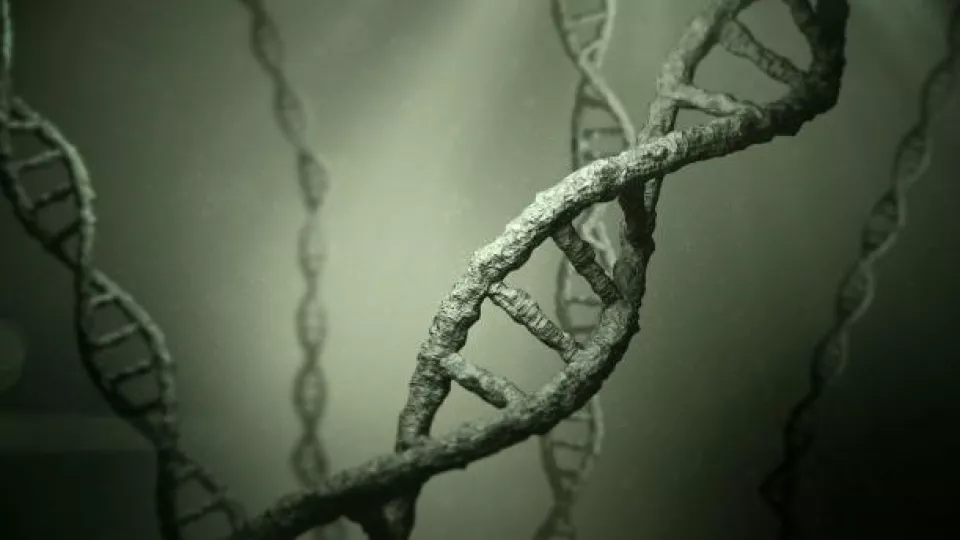Researchers at Lund University and the University of Cambridge have closely mapped genetic mutations in tumours from patients with triple negative breast cancer. The study has been published in Nature Medicine.
"The study is the first and largest of its kind to produce a detailed chart of tumour genetic mutations in triple negative breast cancer, applying a clinical, population-based context. The development of DNA-based sequencing technology is progressing rapidly, and a patient's tumour genome can now be technically analysed within 48 hours. The potential for full genome sequencing as a future technology for breast cancer analysis is significant, providing improvements in predictions for treatment response and individualised therapy,” says Johan Staaf researcher at the Division of Oncology and Pathology at Lund University and a first author of the study.
For the study, triple negative tumours were sequenced from patients in the SCAN-B (Sweden Cancerome Analysis Network – Breast) study, a multidisciplinary research collaboration to collect and study breast cancer samples. Since its inception in 2010, more than 14,000 patients have participated, representing a unique resource due to its size and random selection. The long-term goal is to detect and facilitate the introduction of new biomarkers for patient-specific diagnosis and treatment of breast cancer.
In the present study, full genome sequencing was performed on 254 tumours from SCAN-B patients with triple negative breast cancer diagnosed in Region Skåne between 2010 and 2015.
Using advanced bioinformatics and machine learning methods, so-called mutation signatures were studied in the patients' tumour genomes. Mutation signatures arise from mutations in our DNA caused by environmental factors such as smoking or UV rays, but also by spontaneous changes that are not repaired or that are repaired incorrectly and increase during the development of a tumour.
These signatures leave different forms of "scars" in the DNA of the tumour, which can be identified via full genome sequencing, providing researchers with a complete picture of the cancer genome. In the study, the tumours were divided into different groups based on the pattern of mutations in the tumour genome caused by injuries to the DNA repair mechanism.
The ability to repair DNA is critical for our cells, and defects in this process are seen in many forms of tumours. The specific DNA repair defect, the so-called homologous recombination deficiency (HRD), which is common in triple negative breast cancer, also occurs in some forms of ovarian cancer and has been shown to be linked to a better response to some chemotherapy treatments, including so-called PARP inhibitors, which are a relatively new generation of cancer treatment therapies.
Based on the genetic classification of the 254 tumours, the incidence of HRD in triple negative breast cancer was estimated as close to 60 percent. Approximately 70 percent of these could be explained by genetic or epigenetic mutations in a few specific genes, including the BRCA1 gene (congenital or cancer cell acquired mutations in BRCA1 and BRCA2 account for 3-5 percent of all breast cancer, but are significantly more common in triple negative breast cancer). The underlying cause of the remaining 30 percent remains unknown.
“Patients with HRD positive tumours had a better prognosis after conventional chemotherapy compared to patients with tumours without these defects. It is possible that the positive effects of treatment for the HRD positive patients would have been even greater with drugs that more specifically target the HRD, but which are currently not yet used to treat breast cancer. For the group with HRD-negative breast cancer, a high proportion of other potentially treatable tumour changes was identified, for which drugs are currently being investigated in international clinical studies, which may allow alternative future treatment strategies,” says Johan Staaf.
Footnote: SCAN-B: Sweden Cancerome Analysis Network – Breast
Participating hospitals: Lund, Malmö, Helsinki, Kristianstad, Halmstad, Växjö, Karlskrona, Jönköping and Uppsala. The SCAN-B project has been made possible thanks to the involvement of staff at participating hospitals, as well as generous support from e.g. the Berta Kamprad and Mats Paulsson foundations.
